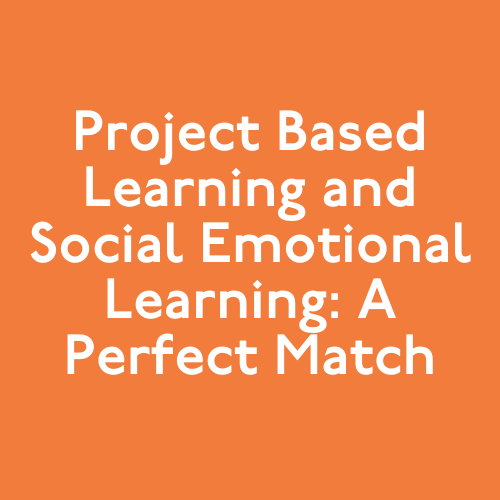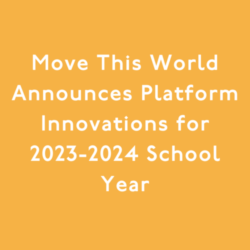What is PBL?
PBL stands for project based learning, which has become very popular in classrooms across the country. But what exactly is project based learning? Traditionally, teachers will plan a lesson that involves explicit instruction surrounding a specific objective, provide opportunities for guided and independent practice, assess student comprehension, then this cycle continues. While project based learning will include opportunities for instruction, practice, and assessment, it does so in a more organic way.
Project based learning often presents students with a real world problem. Students are then challenged to solve the problem through research and inquiry, often collaborating with one another and producing a final product that encompasses everything they have learned. The project relates back to the standards and learning objectives teachers are covering but in a more tangible way. Oftentimes, project based learning will naturally integrate objectives from a variety of subjects within the same project.
The Buck Institute for Education outlines seven essential components for project based learning, including: a strong student activator, a driving question, opportunities for student voice and choice, 21st Century Skills, time for inquiry and innovation, feedback and revision, and a publicly presented final product. Learn more about these seven essentials here.
The Benefits of Project Based Learning
Project based learning not only makes instruction more meaningful for students, but helps develop the skills they will need to be successful in their post-secondary lives and careers. Here are four benefits of project based learning:
Opportunities for differentiation
Project based learning provides more opportunities for differentiation. One of the seven essential elements is student voice and choice; if this is implemented, there is naturally more differentiation happening. Students can choose what topic they want to focus on within the main driving questions, which resources they want to use and what type of product/ output they’d like to develop. Additionally, much of the students’ time will be spent engaging in independent research or in group inquiry. This gives the teacher the time and space to meet with individual students and small groups to provide more specialized instruction.
Student engagement
PBL makes the connection between the classroom and the outside world easier to grasp. Teachers no longer need to convince students “you’ll need this later in life” or “you’ll use this strategy in college.” Students are actively solving real world problems that their communities are experiencing right now. When you couple this with student choice you create a learning experience that’s far more exciting and one that “sticks”.
Increased understanding & academic performance
Research shows that project based learning helps students retain content knowledge longer, develop better problem solving skills, and improve performance on high-stakes tests. Better academic performance makes sense when you think about the opportunities for differentiation and increased student engagement. Teachers now have more time and space to meet with groups and students are more excited about the content.
21st Century skills
The Framework for 21st Century Learning identifies both learning and innovation skills. Learning and innovation skills include: creativity and innovation, critical thinking and problem solving, communication and collaboration. Project based learning encourages students to develop all of these skills. As students carry out research they have to employ critical thinking skills to solve these real world problems. Additionally, students work with their classmates throughout the projects, which fosters communication and collaboration skills.
Project Based Learning + Social Emotional Learning
The link between project based learning and social emotional learning lives directly within the 21st Century skills. In addition to the learning and innovation skills that were already mentioned, 21st Century Learning also identifies life and career skills, which include: flexibility and adaptability, initiative and self direction, social and cross-cultural skills, productivity and accountability, and, finally, leadership and responsibility.
Social emotional learning can lay the foundation and help students develop these skills. Project based learning provides an opportunity to put social and emotional learning skills into practice. For this reason, social emotional learning programs and project based learning initiatives complement and support one another when implemented correctly.
Let’s look at an example. Project based learning requires that students be able to effectively communicate and collaborate with one another. Social emotional learning helps student develop communication skills, respect for others, empathy and ability to navigate conflicts or disagreements as they arise. It is important to realize that project based learning can be challenging, and sometimes frustrating for students. The ability to self-manage and be resilient will help students navigate these obstacle as well. SEL programming helps students develop these important life skills and sets them up for successful project based learning.
Sign up for Move This World’s newsletter to stay up to date on social emotional learning.
Enter your email below!










